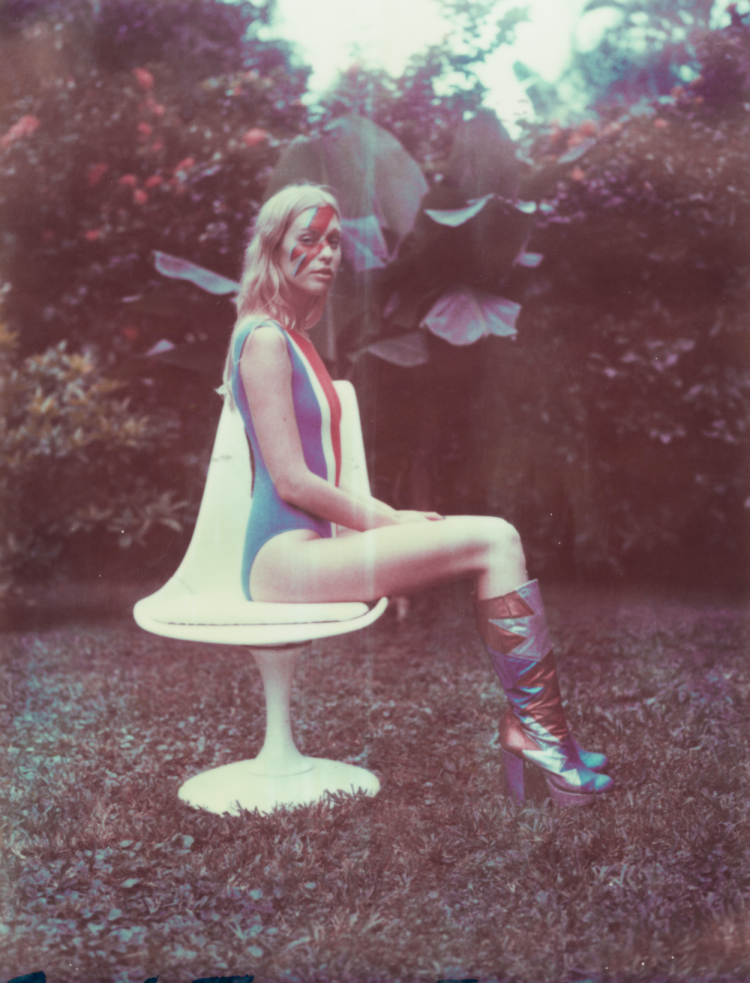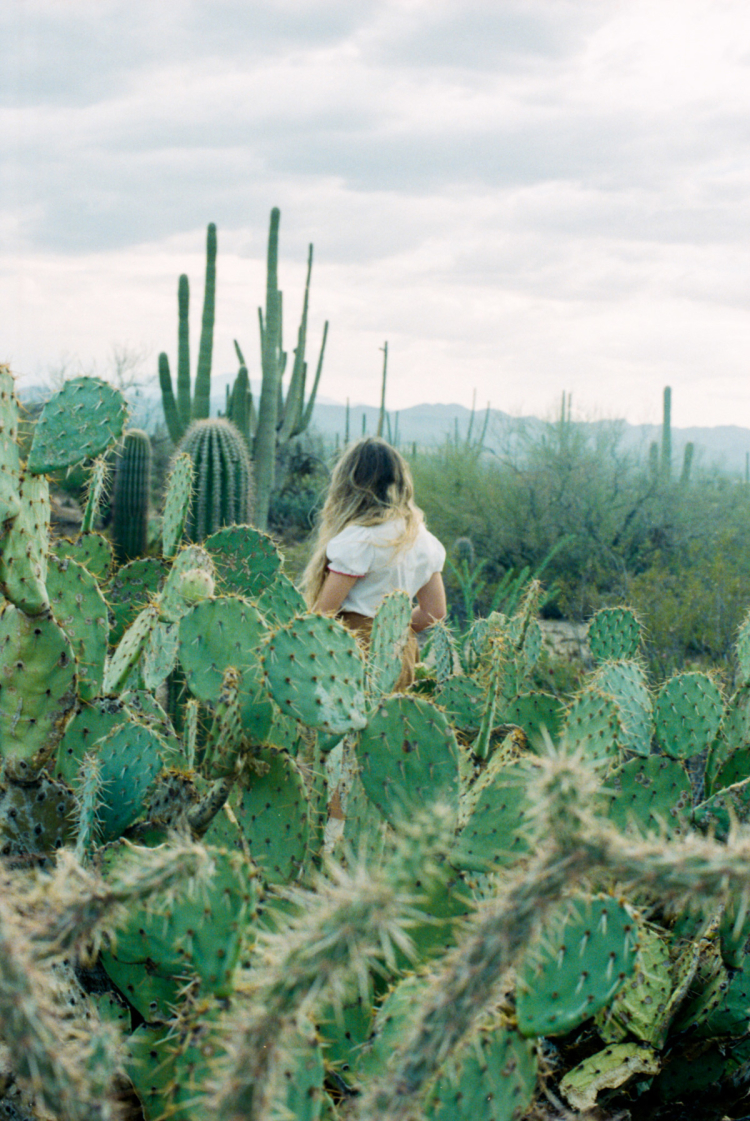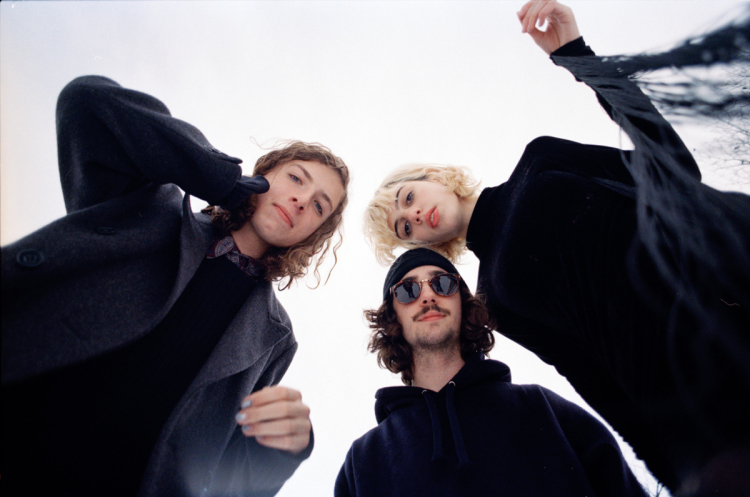Masters of Photography Vol. 13 – Australians is now available and we are already on to the next one. This time, Fashion Industry Broadcast goes global. From Seoul to Berlin, “Masters of Photography Vol. 52 – Next Gen” is a carefully-curated selection of emerging artists who we think might be the next big thing. This art book will feature an amazing selection of their work, as well as thought-provoking interviews.
Every week, we will introduce you to one of these new talents. Today, we are going to Miami to meet Wilson Philippe & Vanessa Hollander, the couple behind photography duo Wiissa.

How would you describe your style?
Colourful, nostalgic, and sunny. We shoot exclusively film.
How and when did you decide to become a professional photographer?
It was never really a decision; it happened gradually over time. When we first met, we took photos of each other for fun and it later evolved into something much bigger.

Where do you find inspiration?
Music is the main source of inspiration for us. It’s usually a song, lyrics or even a musician’s style that will inspire our shoot. We don’t turn to a specific photographer when we are in need of inspiration; we’re more about single images and objects, since we source a lot of it from the Internet!
Who are your favourite photographers of all time and why are they so special to you?
We don’t really have favourite photographers, but at the moment we have a crush for Baron Wolman, Harley Weir, Hugh Holland and Harri Peccinotti.

This art book features photographers from the entire world and each of them has a very specific identity. How do you think your geographic location affects your work?
Our backgrounds have had a huge influence on our work—we both grew up in Miami and were always surrounded by bright colours: blue from the ocean and yellow from the always-shining sun. We now love to incorporate as much colour as we can into our shoots. Wilson is French and Vanessa is American-Brazilian, so those cultural backgrounds have appeared in our work a lot, especially in terms of styling.
If you could move to any city in the world, where would you like to live and work as a photographer?
We want to experience so many cities; it’s hard to choose just one! So our solution is to live in Miami, the perfect home base, and travel for months at a time to other locations for work. Our dream spots are Rio de Janeiro, Rome, New York City, Melbourne, Tokyo and Los Angeles.

What are your five dream locations to shoot?
Hidden lagoons by the Amazon, mountains in Montana with wild horses, flower fields in Japan, green cliffs in Ireland and the Mediterranean Sea in France.
How would you describe the photography industry in your country? What are the chances for a young artist to ‘make it’ and become global?
In the US, the photography industry is overwhelmingly broad and saturated with so many different types of photographers. A lot relies on the Internet and social media, especially for young photographers. So the Internet makes it harder and easier to “make it” at the same time. There are so many photographers online; it’s tough to make yourself stand out. But nowadays one can showcase his or her photography online and create a community through social media all for free. With a lot of creative industries, I think it’s still pretty difficult to “make it” and become global.

As young photographers, you have been part of a big switch in the industry. Indeed, photography today is much more democratised than a few decades ago. Everyone can have access to retouching programs, publishing sites and good cameras. What are your thoughts on the evolution of the industry and the impact it has on your work?
In some ways, we’ve really benefited from this democratisation of photography, because we are able to shoot more, have a quicker editing process and access many more people through publishing sites. However, we shoot all on film, so we still have a slower and sometimes more expensive process than digital photographers do. We love how almost anyone can be a photographer now; it allows those who aren’t usually represented to tell their own stories.
A lot of young photographers got discovered thanks to their Tumblr or Instagram account. What is your relationship with social media platforms?
We love social media. We can attribute a lot of the success and work we’ve gotten to them, especially Instagram. Social media allows like-minded people to connect and support each other, and it has been so helpful to our progression both creatively and commercially.

Post manipulation has been long debated, especially in commercial and fashion photography. How much do you retouch your images and what is your opinion on the whole body image debate?
We don’t retouch any of our images. I think the constant retouching of all of the images around us, in terms of changing one’s appearance, whether it’s body shape, blemishes or skin tone, can be really detrimental. It develops a standard of beauty only achievable through a computer and sets unreal expectations for people to live up to. There’s so much beauty in what we call imperfections; they should not be erased.







